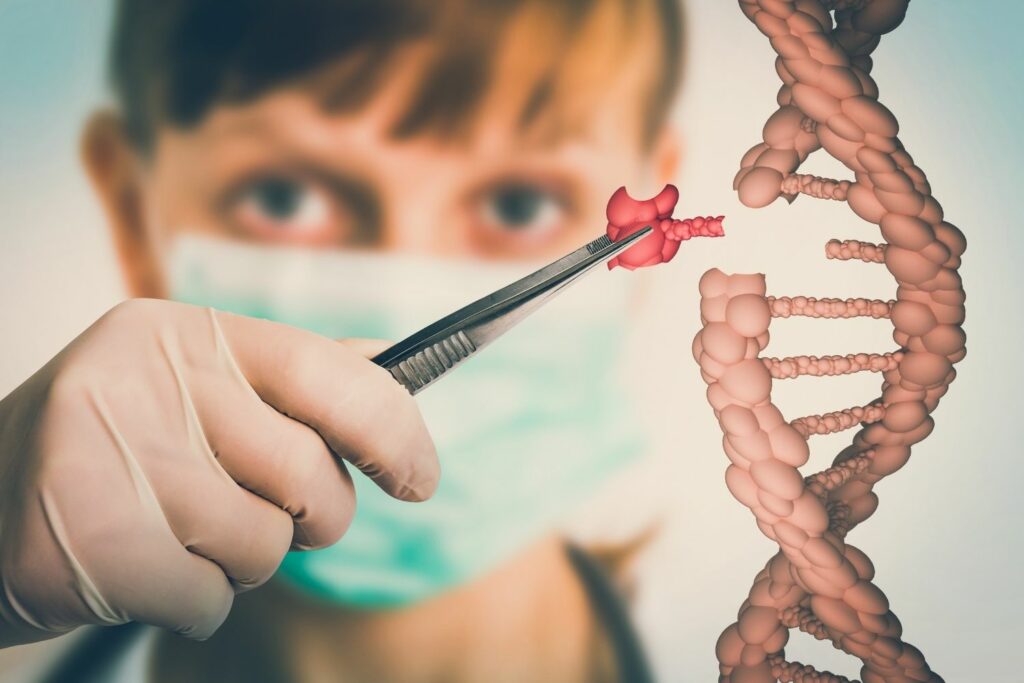A British toddler has had her hearing restored through a pioneering gene therapy trial, marking a potential new era in deafness treatment.
Opal Sandy, born with auditory neuropathy—a condition impairing nerve signals from the ear to the brain due to a defective gene—experienced significant hearing improvement following an infusion with a functional version of the gene. The procedure took only 16 minutes and now, at 18 months old, she enjoys sounds and plays with toy drums.
Her parents expressed astonishment and joy upon discovering her ability to hear. “I couldn’t really believe it,” said Jo Sandy, Opal’s mother. “It was… bonkers.” Opal received her treatment at Addenbrooke’s hospital, associated with the Cambridge University Hospitals NHS Foundation Trust, which is conducting the Chord trial. The trial aims to recruit more deaf children from the UK, Spain, and the US, who will be monitored for five years.

Prof Manohar Bance, the trial’s chief investigator and an ear surgeon, stated, “We have results from [Opal] which are very spectacular – so close to normal hearing restoration.” He believes the therapy could potentially cure this type of deafness.
The therapy involves delivering a functional copy of the OTOF gene, which is crucial for ear cells to communicate with the hearing nerve. The gene is transported via a harmless virus. Another child has also undergone this treatment recently at the same hospital, showing positive outcomes.
The Chord trial involves varying doses of the therapy: a low dose in one ear for three children, including Opal; a higher dose on one side for another set of three children; and potentially, both ears simultaneously if earlier stages prove safe. A total of 18 children globally are expected to participate.
Opal is notably the youngest patient and the first globally to receive this treatment, according to Prof Bance. Martin McLean, a senior policy adviser at the National Deaf Children’s Society, remarked on the importance of accessibility and fulfilment for deaf individuals, welcoming these medical advancements.
With Opal’s new ability to hear, her parents now find themselves adapting to her new favourite activity: making noise by slamming cutlery on the table.







